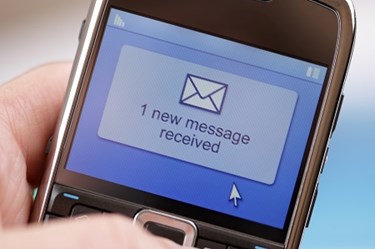Text Messaging Boosts Patient Engagement, Improves Outcomes

By Christine Kern, contributing writer

Texting can keep patients motivated, engaged, and on the road to better health.
Text messaging has become a critical and strategic tool for healthcare providers. Innovative healthcare organizations and clinics are leveraging SMS as a communications channel to make the patient experience easier and more convenient. Further, text messaging is playing a pivotal role in keeping patients motivated and engaged with their providers about their well-being and treatment plans. Knowing where to start can be a challenge with implementing an initiative like this — especially given industry-specific regulations and compliance requirements.
A recent Flowroute survey found more than half of consumer respondents prefer receiving notifications — such as appointment reminders and prescription updates — via text rather than email. In fact, the study found 82 percent of all text messages are read within five minutes, therefore increasing the likelihood of interaction. Meanwhile, consumers open just 25 percent of the emails they receive.
While businesses are increasingly using SMS as a communication channel, healthcare is outpacing all other industries. In healthcare, SMS messaging is used particularly for appointment reminders and prescription refills.
A study conducted by researchers from the Perelman School of Medicine at the University of Pennsylvania found text messaging systems can also benefit hospital systems and boost patient recovery times as well, as Health IT Outcomes reported. Introducing the use of a text message based hospital communication systems in place of traditional paging systems benefits not only staff but also the patients in the hospital. According to Flowroute study the benefits of SMS include:
- Convenience and cost reductions: Being able to manage appointment cancellations and rescheduling via text is convenient for patents and also has a direct impact on a provider’s bottom line. No-show appointments cost U.S. providers more than $150 billion annually. The problem affects urban hospitals and small specialty clinics most, where no-show rates are between 10 and 20 percent.
- Motivation to stay engaged: Text messaging can also play a key role in improving patient engagement and involvement with their treatment plans. Reminders for prescription refills, for example, could help boost medication adherence rates and subsequently impact patient health outcomes.
- Communication on your terms: Text interactions also give patients flexibility to interact with their providers in the manner they feel most comfortable, which could enhance the patient-provider relationship and foster patient loyalty, making it more likely they will seek regular preventative care as well as treatment for chronic conditions with their healthcare professional.
